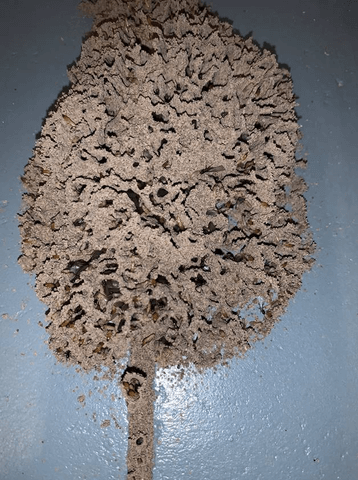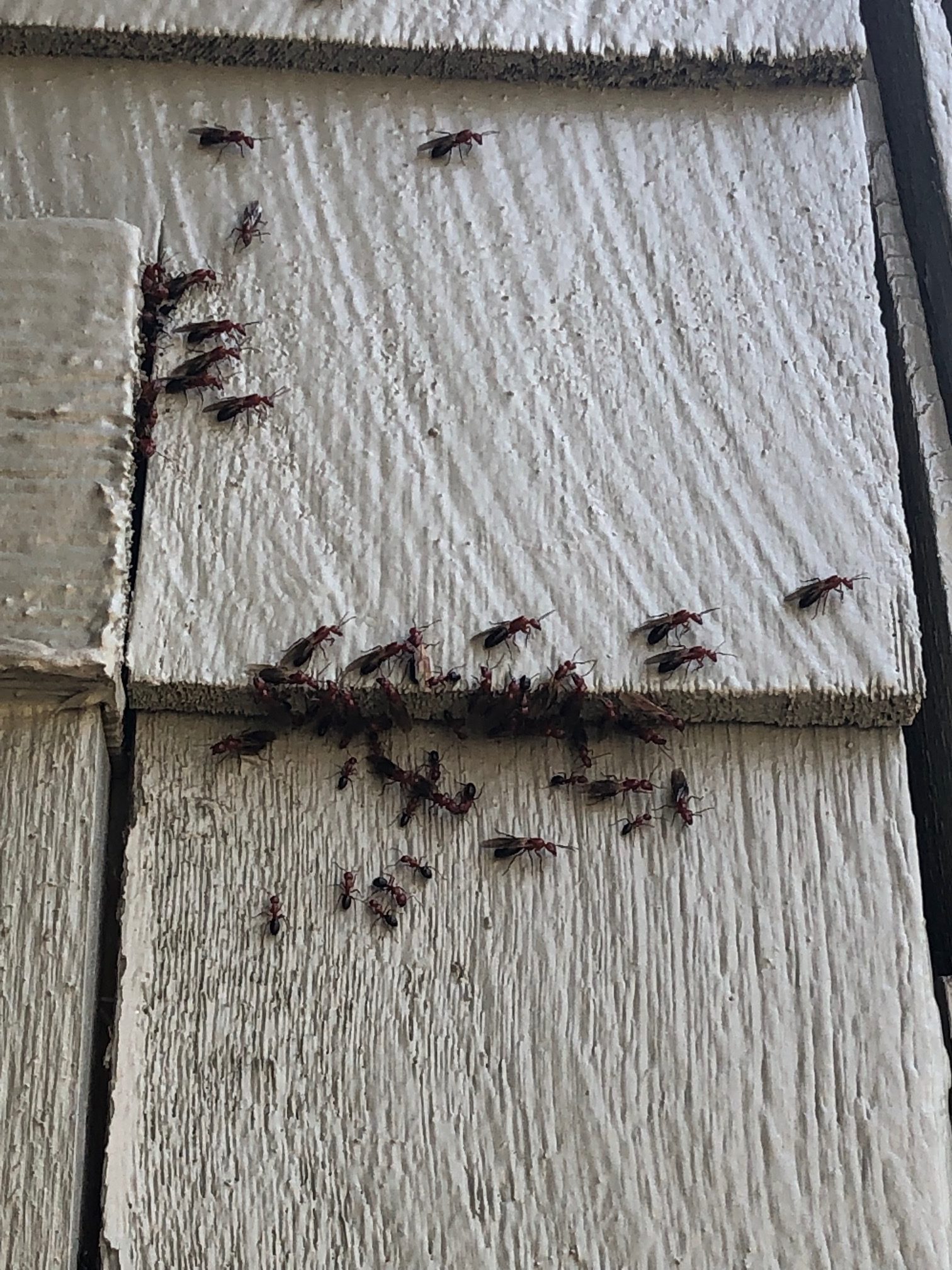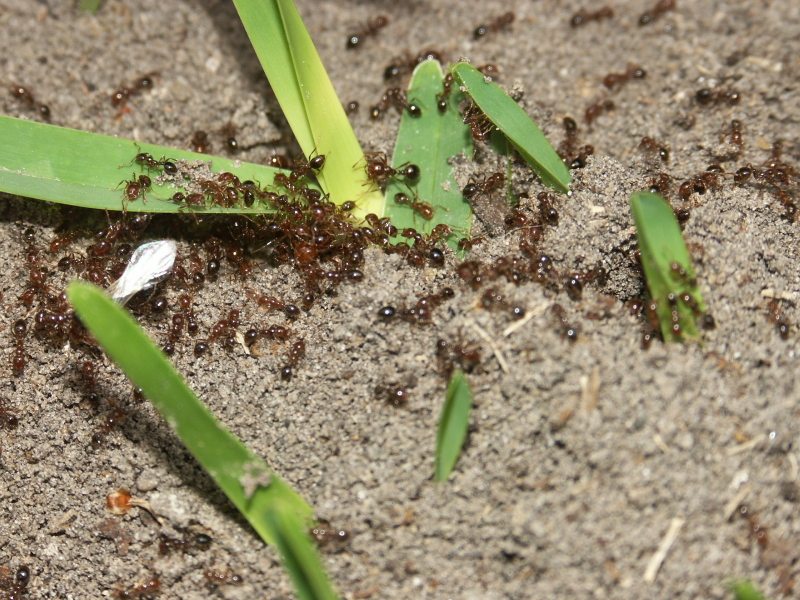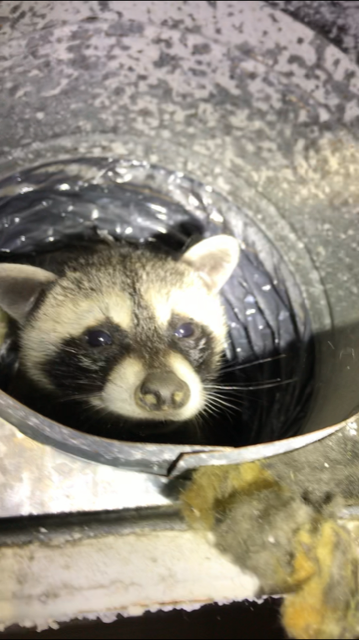Ticks
Many people don’t consider ticks a problem since areas with high populations of imported fire ants tend to have lower populations of ticks. Ticks have not disappeared and can be a pest in some locations.
Ticks are arachnids, more closely related to spiders than insects. They have two body regions and eight legs. Immature ticks require a blood meal before molting to the next developmental stage. Adult femal ticks also require a blood meal before laying eggs. Since ticks can feed on multiple hosts during their lifetime, including humans and animals, they are capable of transmitting disease organisms through their bite.
Ticks wait for their hosts by climbing up vertical surfaces such as vegitation, fences or shrubbery. When a host brushes past, the tick grabs on and locates a suitable spot on the host to feed.
When treating for ticks with a pesticide, treat up vertical surfaces such as the house, trees and fences.
Tick Removal Tips
-
Do not use hot matches, petroleum jelly or grease; it could increase the chance of infection
-
Grasp the tick close to the head
-
Pull firmly but gently without twisting
-
Do not touch or smash the tick with your bare hands
- Wash bite area with warm, soapy water
Information provided by Elizabeth Brown – Entomologist, Agrilife Extension Texas A&M















